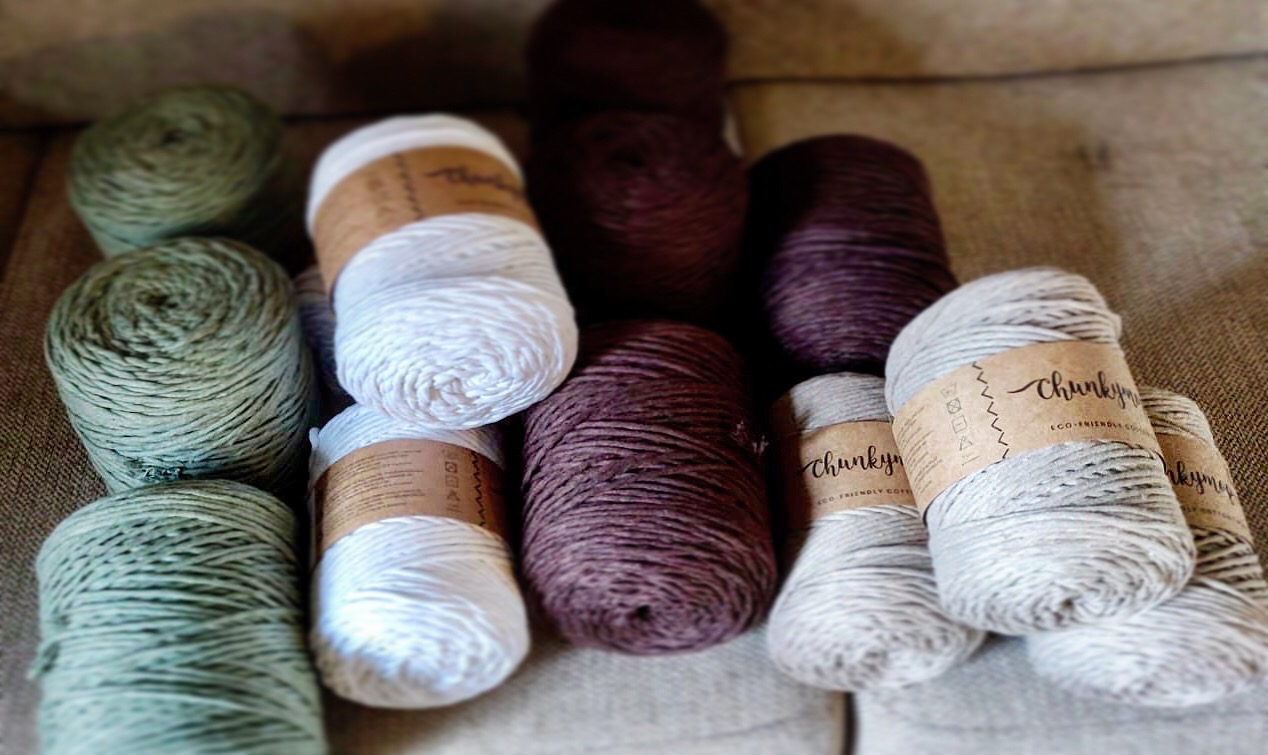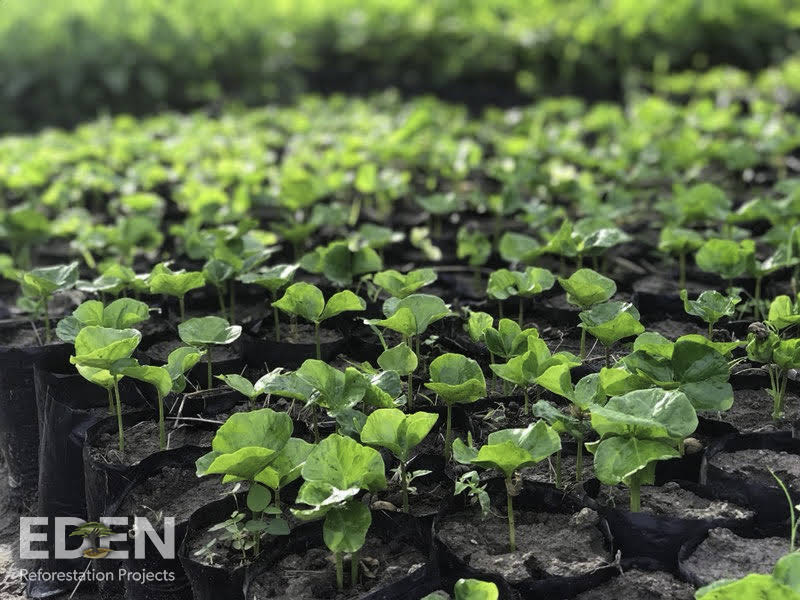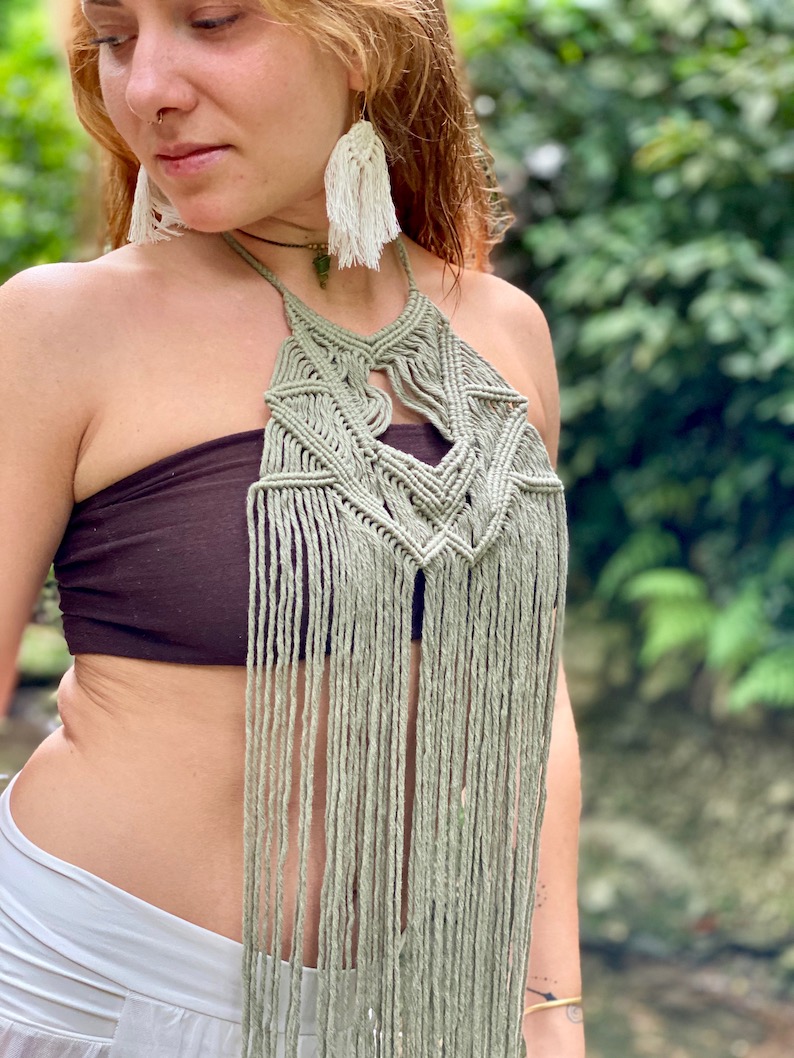Recycling in fashion
Producing goods from recycled materials contributes to the protection of our world resources and the environment, because we are able to reuse waste materials instead of producing new.
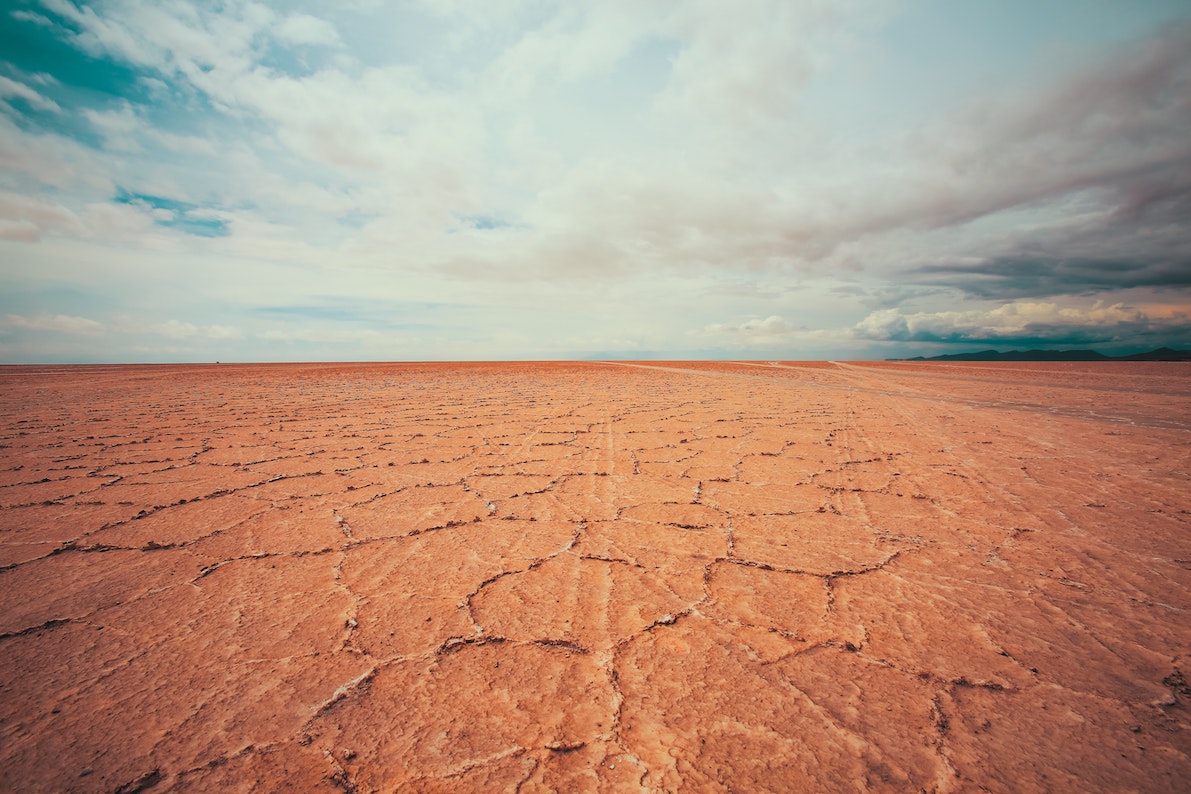
Fashion's environmental impact
The fashion industry has a dreadful impact on the environment. In fact, it is the second largest polluter in the world, oil industry being the biggest. As the industry grows the environmental damage increases with it.
What does fashion industry do to our resources?
A lot of toxins are being released into our rivers and oceans as a byproduct of fabric production. Often untreated toxic wastewaters are going directly into the rivers, and eventually to the oceans, affecting the aquatic and marine life. Wastewater contains toxic substances such as lead, mercury, and arsenic, among others. This also affects to the health of the millions people thriving by those rivers banks. Another serious cause of contamination are fertilizers that are being used for cotton production.
The fashion industry is a major water consumer. Huge quantities of fresh water are used for the dyeing and finishing process for clothes. It can take up to 200 tons of fresh water per ton of dyed fabric. As an addition, cotton needs a lot of water to grow. As reference, up to 20 000 litres of water are needed to produce just 1 kg of cotton. This generates enormous pressure on water resource, which is already scarce. This has dramatic ecological consequences such as the desertification of the Aral Sea, where cotton production has entirely drained the water. Degradation of the soil due to massive use of chemicals to grow cotton plays a major part in leaving soil lifeless and dry. We need healthy soil for food production but also to absorb CO2.
The textile industry alone accounts for 10% of global carbon emissions. The production, manufacturing, and transportation of the millions garments purchased each year is generating a lot of greenhouse gases due to the energy that has been used in the production. Synthetic fibres used in the majority of our clothes, are made from fossil fuel, making production much more polluting than with natural fibres. Coal powered production in countries such as in China, Bangladesh, or India is the dirtiest type of energy in terms of carbon emissions. And most of our clothes are coming from these countries.
Fashion industry is causing the cutting down of rainforests. Every year, thousands of hectares of endangered and ancient forests are cut down and replaced by plantations of trees used to make wood-based fabrics such as rayon, viscose, and modal. Our ecosystem and indigenous communities are being threatened, as large-scale deforestation of the rainforests has taken place over the past decade.
The social impact of fashion industry
Even if clothing production has helped developing economies grow, it has caused a number of social challenges in contrary.
For instance, 80 percent of apparel is made by young women ages 18 to 24 from the 75 million people are making our clothes today.
Garment workers, mostly women, in Bangladesh for example make about 96 USD per month. The government’s wage board suggested that a garment worker needs 3.5 times that amount in order to live a 'decent life with basic facilities'.
Unfortunately child labor is still common in fashion industry. A 2018 U.S. Department of Labor report found evidence of forced child labouring in the fashion industry in Argentina, Bangladesh, Brazil, China, India, Indonesia, Philippines, Turkey, Vietnam and other countries, in which most of our clothes are being produced.

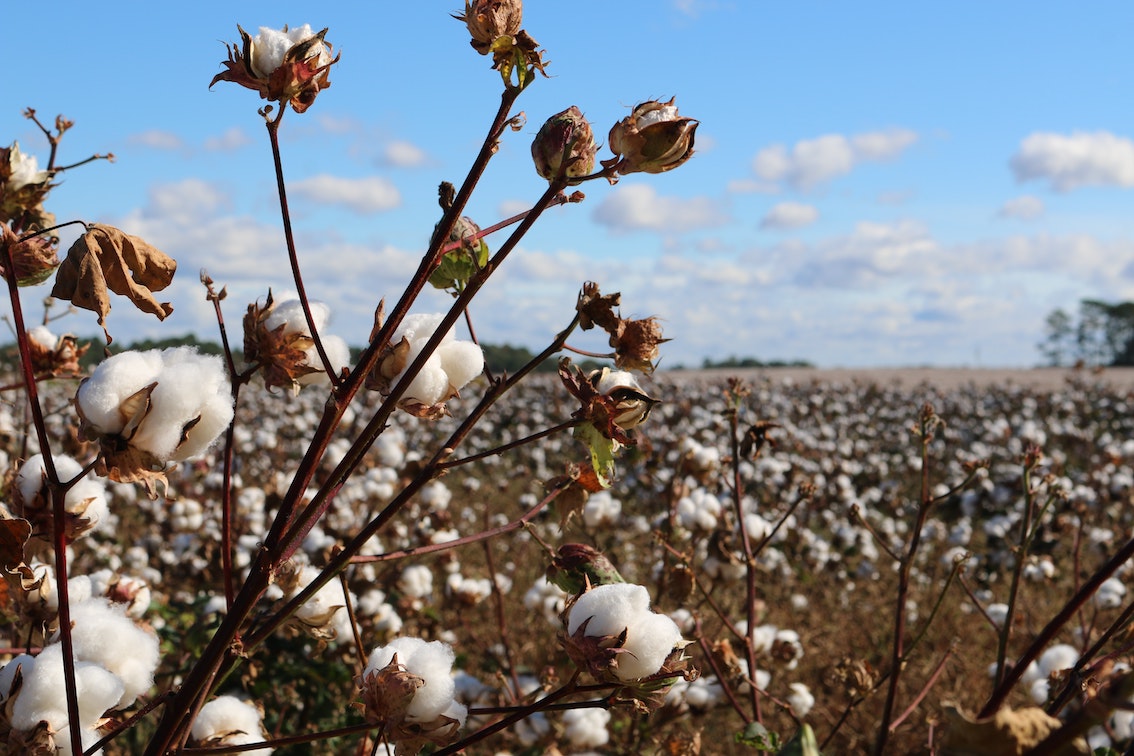
Choose organic and natural fibres
Organic and natural fibres are not the ultimate solution to the problem, but at least they are less harmful than their counterparts. They do not require toxic chemicals to be produced and are therefore more sustainable option for the resources of our planet.
Organic cotton is made from natural seeds, and there is no use of pesticides or other harmful chemicals, and bugs are controlled with insects that kill the pests. As a result, organic cotton products are safer for the skin. They are also softer than regular cotton because of the longer fibers. The fibres stay less damaged as they are being handpicked. This ensures the fibers do not get weakened or broken, resulting in softer and more durable products, and that contributes to less consumption of these products.
Organic cotton uses safer alternatives to chemical dyes and whiteners. Natural or water-based dyes, peroxide for whitening, and other safer products are used to manufacture the finished goods.
Cotton is a natural fibre, and despite its reputation, is way more sustainable than any synthetic fabrics in itself. Every time we wash a synthetic garment (polyester, nylon, etc), about 1900 individual microfibres are released into the water, making their way into our oceans and get ingested by aquatic organisms. These organisms are then eaten by small fish which are later eaten by bigger fish, introducing plastic eventually in our food chain.
Manufacturing of synthetic fibres is consuming our natural resources. Synthetic fibres are manufactured using plant materials and minerals. Viscose comes from pine trees or petrochemicals, while acrylic, nylon and polyester come from oil and coal. Global synthetic fibre production in 2016 was estimated at around 64.8 million tonnes – or around 65% of all fibres produced annually. By 2025, this volume is expected to reach 134.5 million tonnes of synthetic material produced annually. Synthetic fibres a.k.a. plastic fibres are non-biodegradable and can take up to 200 years to decompose. Sadly synthetic fibers are used in 72% of our clothing.
However, cotton is biodegradable. Any cotton fibres that cannot be recycled or used further can be composted and will not take up space in landfills. Cotton is one of the most biodegradable fabrics you can have, especially if it is 100% cotton. In a compost, cotton may biodegrade within as little as a week but usually takes about 5 months.
Choose recycled fibres
Recycling cotton cuts down on the harsh process of creating brand new cotton products. When clothes end up in landfills they create greenhouse gases, so recycling them instead helps diminish the forces that contribute to climate change. Reusing the fabric in old clothes means less resources, both monetary and environmental, are wasted in growing fiber for new ones. Producing recycled yarns contributes to the protection of our world resources and the environment, because we are able to reuse waste.
Recycling second hand clothes means that less raw materials are needed, less energy is used and less pollution is generated during these processes. Recycling has become a great solution in the past few decades to reduce waste and the production from virgin materials. When a product is made of recycled material rather than a raw one, both energy and natural resources are saved. That being said, the best solution to fight against excessive waste and save energy is to reduce buying new.
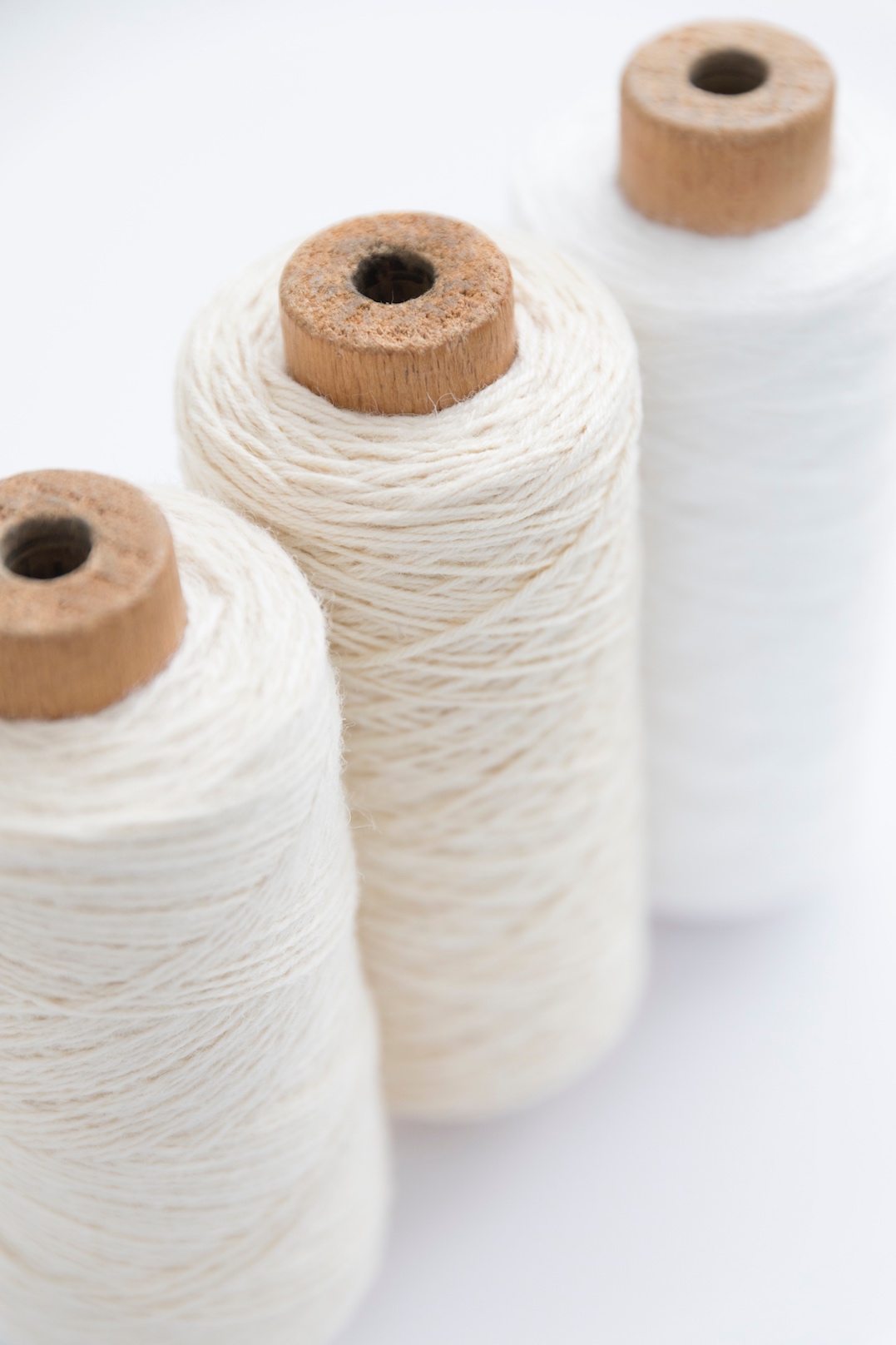
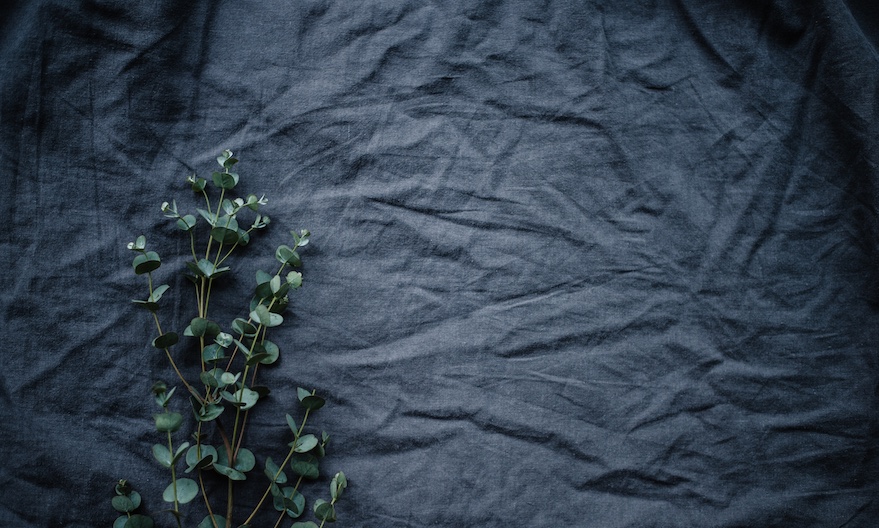
Choose fibers with low water consumption such as linen
Linen is extremely sustainable material made from flax fibers. It is easy to crop and maintain, and the fabric lasts for years. The flax plant has been cultivated in just about every country in the world and has been used to make fiber for over 6,000 years. The flax plant grows best in cool, damp conditions and grows well on comparably poor soil. Flax requires only a small fraction of the water that cotton requires, and uses very little or no fertiliser at all.
In the process no chemical process is needed. When the fibres are ready they just need to be pound, and combed out the fibers. The modern method is the same as before, though it is performed by large machines rather than a human labour.
The resulting linen textile is extremely durable. It is two to three times stronger than cotton. The natural fibres also hold dye colors better than some other materials, and therefore the fabric is available in almost any colour.
Linen has also other qualities to stand out with. It is naturally anti-bacterial, which made it a popular choice for bandages for centuries. It has natural heat and moisture-wicking properties, which makes it popular for summer clothes and sheet materials.
TAIKA uses recycled cotton in its designs
TAIKA is using only 100 % recycled cotton yarns for its creations. The macrame yarns have been produced from high quality fabric waste that have been manufactured from debris fabric fibres and pieces collected from various fabric companies.
The recycled cotton yarns have been produced by the latest recycle technology which means that no chemical dyeing processes has been applied in the production of the yarns and also water has not been used during production. In the manufacturing process the fibres have first been separated by quality, and then assembled to various threads and yarns.
TAIKA is also recycling the left over materials to create smaller pieces like earrings and pendants to avoid extra waste.

TAIKA fashion
TAIKA is using only 100 % recycled materials in producing the products. All TAIKA products are consciously handcrafted locally in Europe.
Social Impact business
TAIKA is donating 1,00 € from every purchase to a reforestation NGO called Eden Projects, which is equivalent to planting 5 trees in Nepal, Madagascar, Haiti, Indonesia, Mozambique and Kenya.

